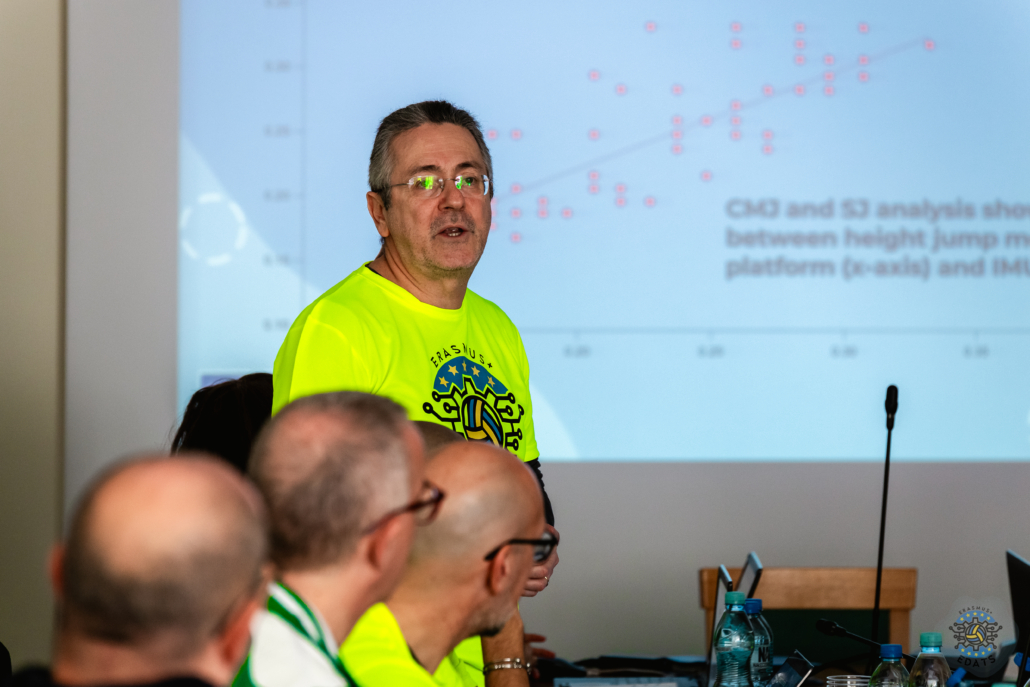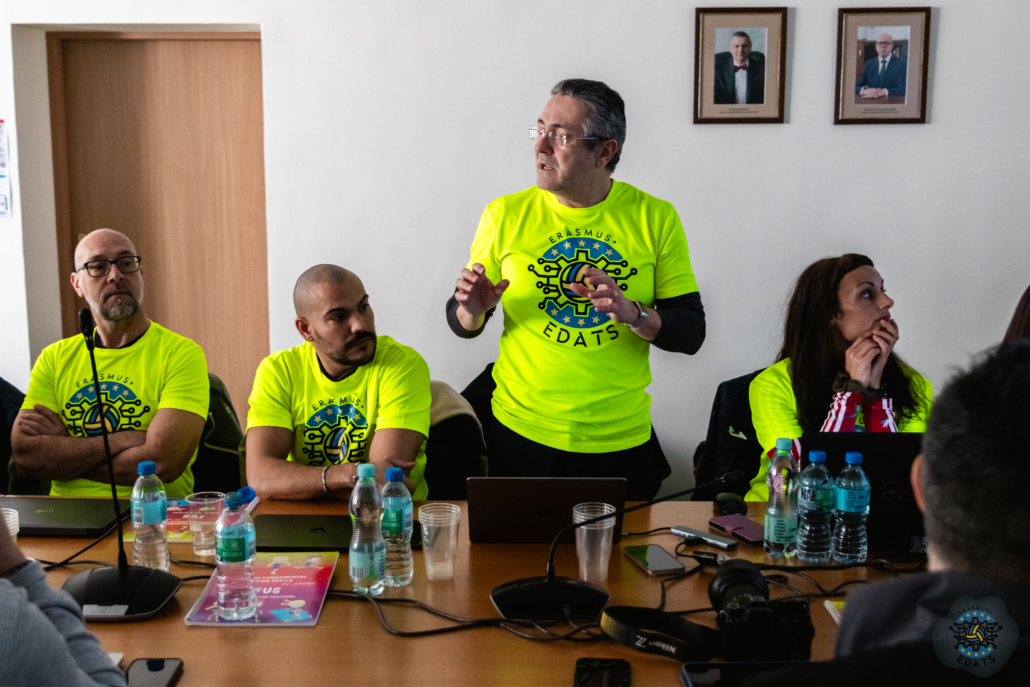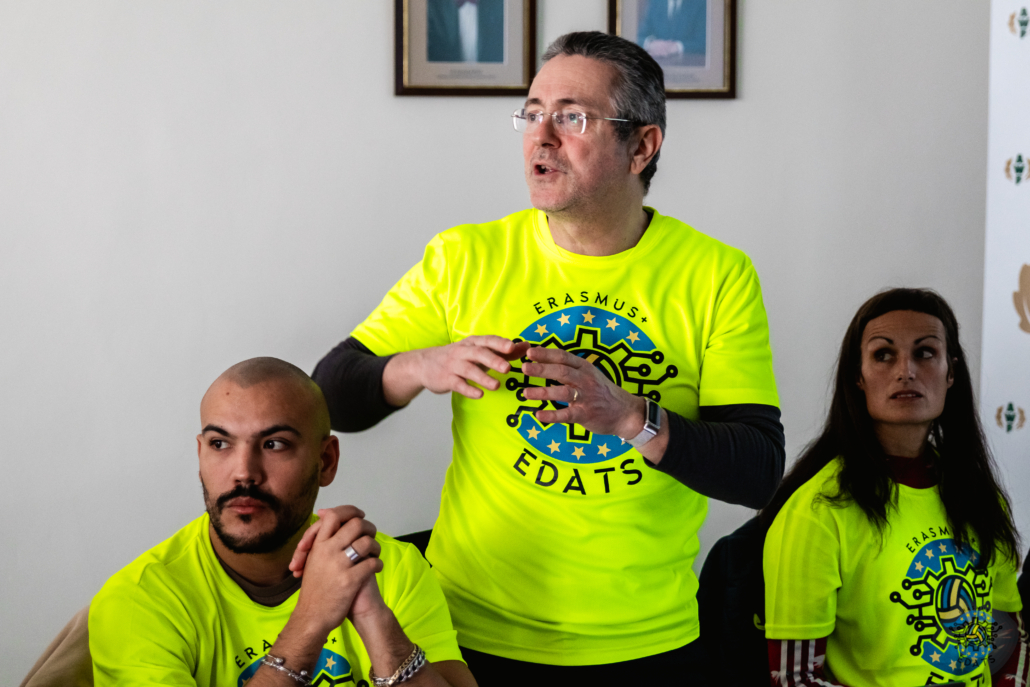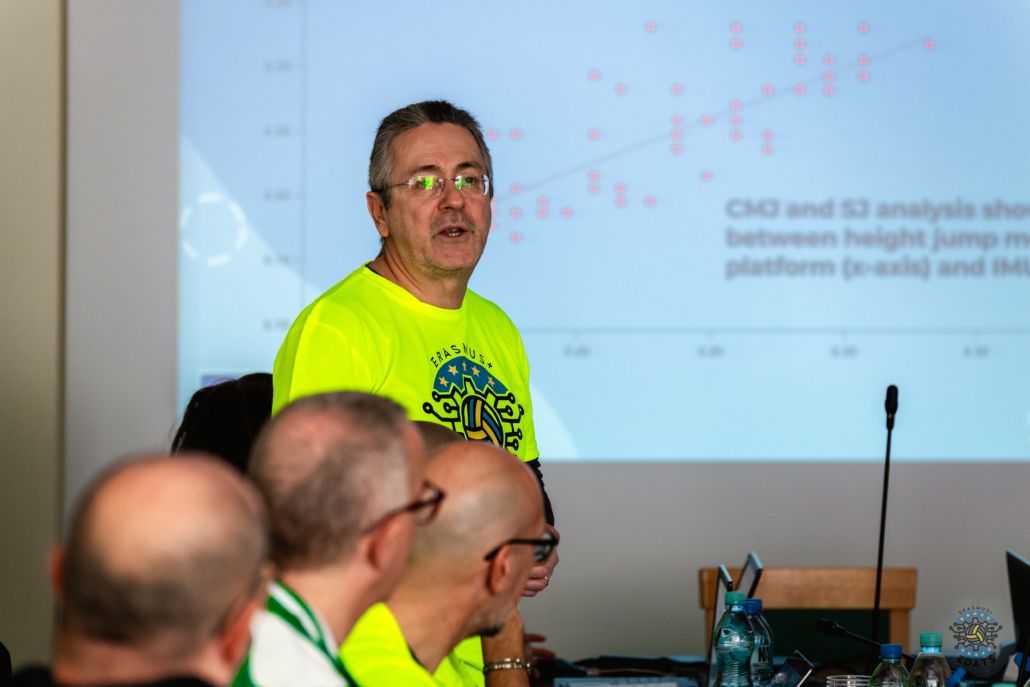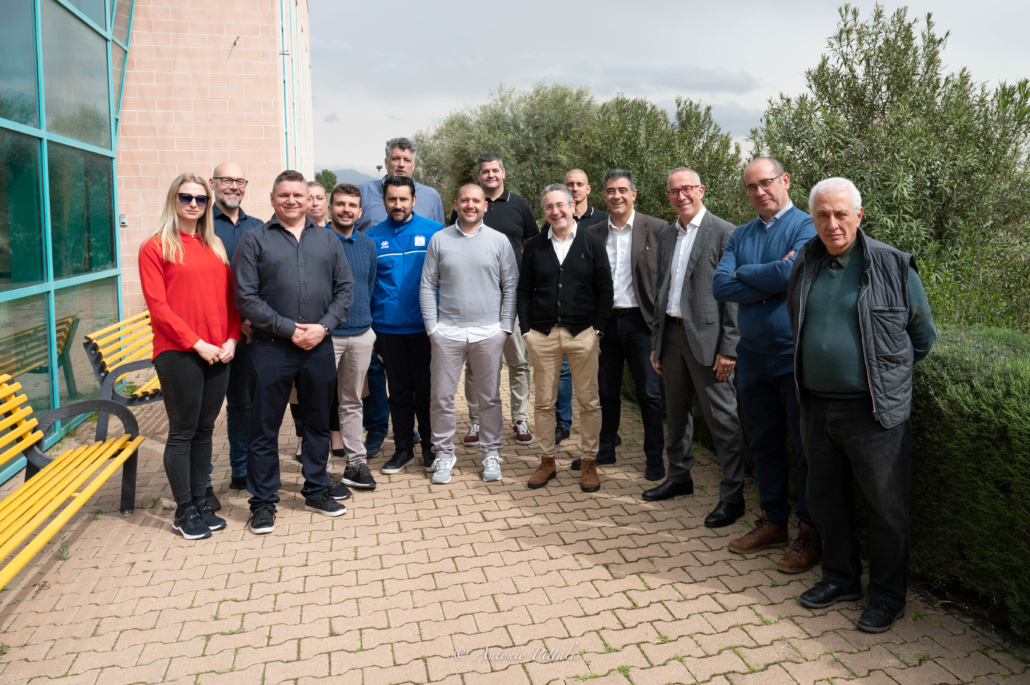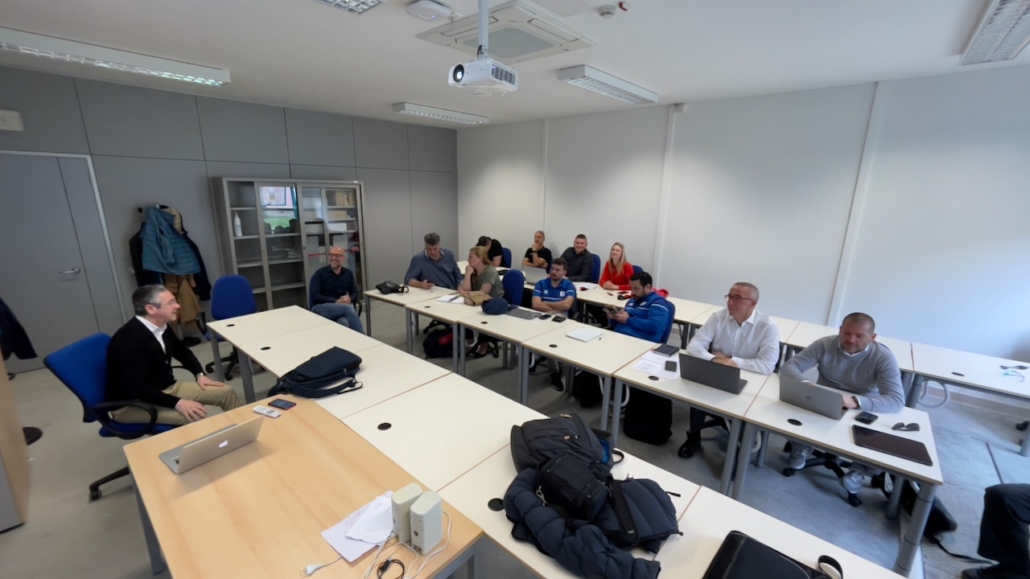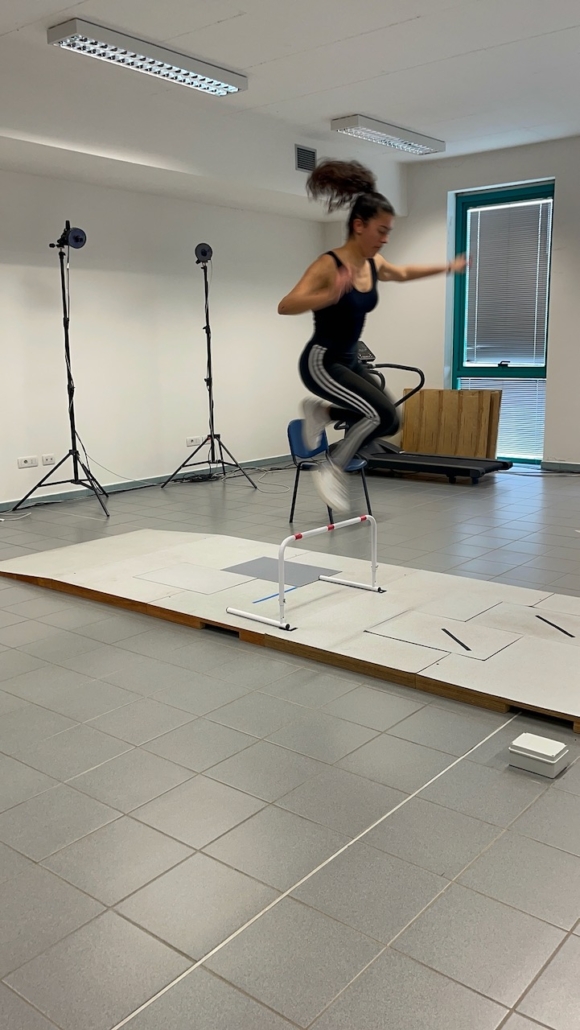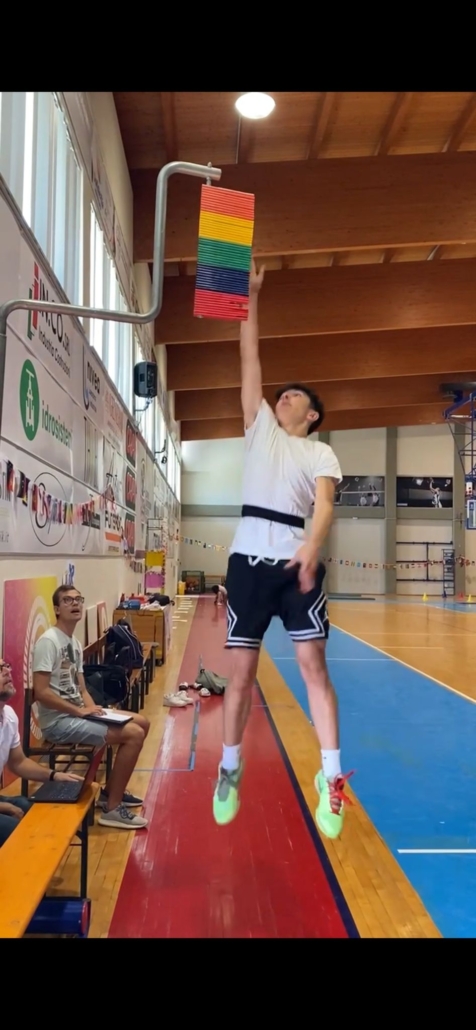Interview with Missimiliano Pau, from UNICA
A really important member of the EDATS project team is Massimiliano Pau, who is a full professor of Bioengineering at the University of Cagliari. We asked Massimiliano about his work and about UNICA.
Tell us about the history of the University of Cagliari
The history of the University of Cagliari began in 1606, with the recognition of Pope Paul V. Having obtained in 1620 the privilege of foundation by King Philip III of Spain, the Universitas Studiorum Caralitana began its activity in 1626. Mainly inspired by the models of Spanish universities and to a lesser extent by Italian ones, the General Study included four “Teaching Colleges”: “Theology”, “Law”, “Medicine”, “Philosophy and Arts”.
In the second half of the 18th century, the Savoy Refoundation implemented the replacement of the teaching staff, the general renewal of studies, creating a new library, finding new funds and the construction of Palazzo Belgrano, still to this day the seat of the Rectorate and the University Library.
Great developments also occurred in the 1800s, with the inauguration of the Botanical Garden (1866) and the strengthening of the chemistry and physics laboratories. When it came to teachings, in this period the faculties of Cagliari were Theology, Law, Medicine and Surgery, Physics, Mathematical and Natural Sciences, Philosophy and Letters.
In 1902, the University has been certified as one of the first-class universities. Meanwhile, it kept growing thanks to the construction of laboratories, establishments, and clinics.
The existing structures were developed in three distinct phases during the XXth century. The ’30s saw the light of the faculties of Pharmacy, Magisterium and Mining Engineering; in the post-war period the faculties of Letters and Philosophy, the Student House and, in the district of Castello, the Citadel of museums opened their doors to students. During the 1980s, in Monserrato began the construction of the new university citadel and the Polyclinic.
The progressive growth of the university has led to the current configuration in 6 faculties and 15 departments, which constitute the operational nucleus of the university organisation, naturally projected towards the achievement of the primary objectives: research; teaching, thus serving the high need for innovation required by the contemporary, knowledge-based society; the third mission, in order to transfer the knowledge on the territory and developing a university community both inclusive and open to dialogue.
With more than 24,750 enrolled students, 43 bachelor’s degrees, 40 master’s degrees and 6 single-cycle degree programmes, over 40 graduate schools, 19 doctoral courses and 5 active masters, the University of Cagliari assures an important contribution for the advanced formation of the young people who choose to study in the Sardinian capital, as well as for the entire Island
What specialties do you have in your faculty?
The Faculty of Engineering of the University of Cagliari was founded in 1939 and started the teaching activities with the Study Programme in Mining Engineering. The other Study Programmes in Engineering were established in the following years.
In the academic year 2006/2007 the Faculty of Architecture was created due to the specific demand coming from the regional territory and the Mediterranean basin.
Currently, Engineering and Architecture specialties are reunited in a single Faculty of Engineering and Architecture, following a deep reorganization of the Italian universities. It consists in a structure joining up 3 Departments: Civil-Environmental Engineering and Architecture; Electrical and Electronic Engineering; Mechanical, Chemical and Materials Engineering.
The new Faculty was designed with the aim of creating a synergy between a unique technological environment in Sardinia, represented by the former Faculty of Engineering, with its laboratories and rich relations with the regional industrial system, and the historic and quality cultures of the architectural project.
Today, the Faculty of Engineering and Architecture offers seven undergraduate degree programmes:
- Biomedical Engineering
- Chemical Engineering
- Civil Engineering
- Electrical and Electronic Engineering
- Mechanical Engineering
- Environmental and Land Engineering
- Architectural Science
and ten Master’s degree programmes:
- Architecture
- Biomedical Engineering
- Chemical and Biotechnological Process Engineering
- Civil Engineering
- Telecommunication Engineering
- Electrical Engineering
- Electronic Engineering
- Energetic Engineering
- Mechanical Engineering
- Environmental and Land Engineering.
Does it often happen that the University works together with sport organisations?
Currently, the University of Cagliari offers a Bachelor’s Degree in Sports and Exercise Science, during which students can acquire knowledge related to the main fields of motor and sports education. The program is structured to enable undergraduates to independently understand and promote training programs and physical activities—both individual and group-based—across different social contexts and for various objectives. They will learn to properly design programs and workload plans based on gender, age, physical condition, and other specific user characteristics. Upon completion of the program, students are able to joind the workforce with a solid foundation of methodological-scientific and theoretical-practical knowledge. They will also be eligible to continue their education path by enrolling in a Master’s Degree program.
Besides the teaching activity, several researchers of different fields lead studies involving athletes of many disciplines, including those competing in the most important leagues in Italy. In particular, the researchers of the Laboratory of Biomechanics and Industrial Ergonomics who participate in the EDATS project (Massimiliano Pau, Bruno Leban, Federico Arippa and Micaela Porta) have carried out various projects to investigate static and dynamic balance in individuals competing in youth elite and professional soccer tournaments, stresses in the plantar regions in basketball and volleyball players and effect of fatigue on postural control in soccer players and gymnasts.
What achievements are you most proud of?
We currently run one of the few active laboratories equipped with state-of-the-art technologies for human movement analysis in the region of Sardinia. Considering the limited resources available in Italy for public research, we consider this as our most important achievement. The combination of advanced technology and skilled, passionate, motivated researchers allow the Lab to continuously cooperate with clinical and sport organizations at national and international level. We are very luck and proud to have the possibility to contribute to wellbeing of people, whether they are unfortunately affected by a disease or competing in sports at any level.

